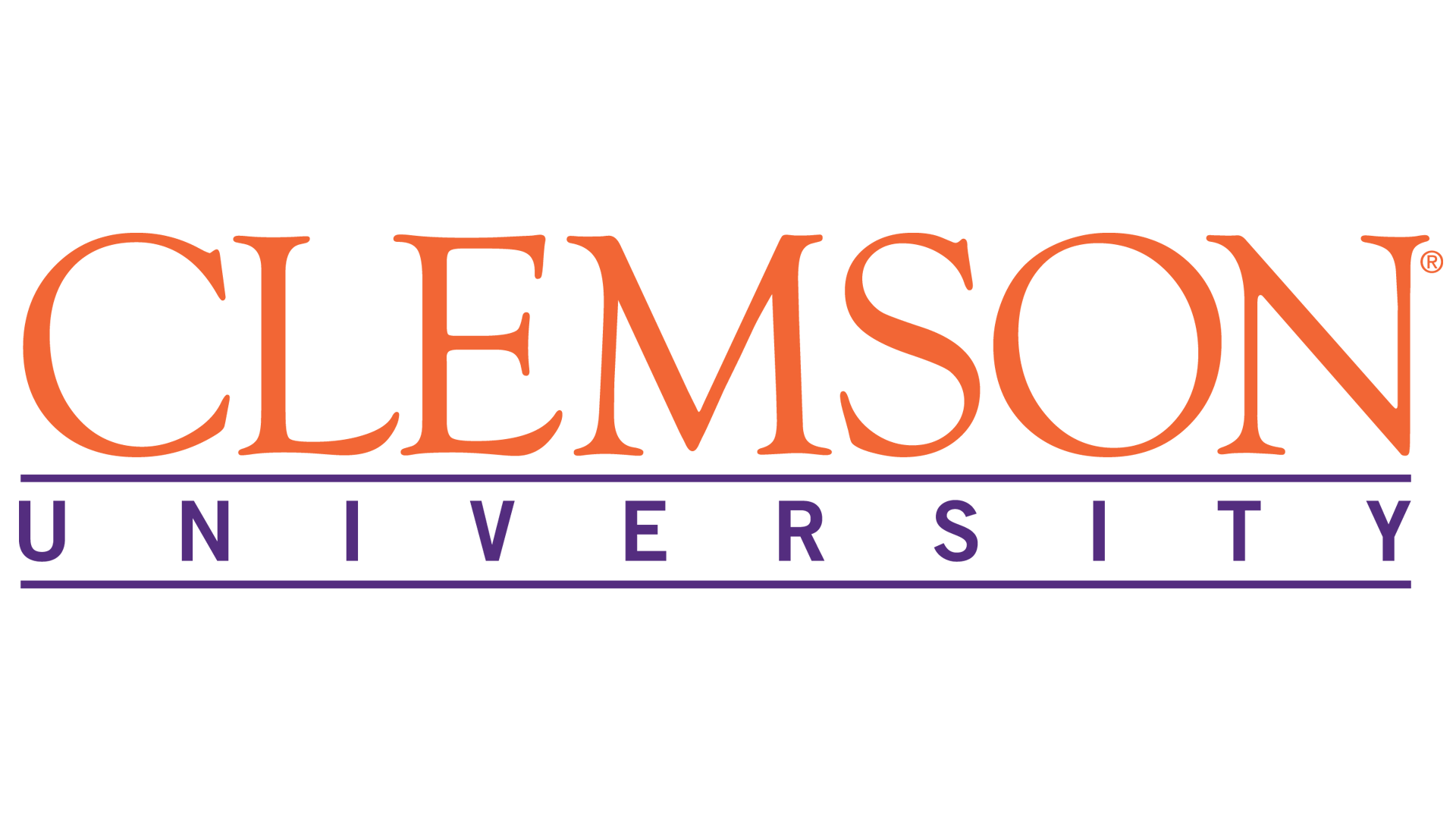Clinical Medical Assistant
Overview
The Clinical Medical Assisting program is designed to prepare students to function as professionals in multiple healthcare settings. Medical assistants with a clinical background perform various clinical tasks including assisting with the administration of medications and with minor procedures, performing an EKG electrocardiogram, obtaining laboratory specimens for testing, educating patients, and other related tasks. Job opportunities are prevalent with physician’s offices, clinics, chiropractor’s offices, hospitals and outpatient facilities.
This program prepares learners to assist physicians by performing functions related to the clinical aspects of a medical office. Instruction includes preparing patients for examination and treatment, routine laboratory procedures, pharmacology, taking and documenting vital signs, technical aspects of phlebotomy, the 12-lead EKG and the cardiac life cycle. The purpose of the Clinical Medical Assisting program is to prepare learners to assist physicians by performing functions related to the clinical aspects of a medical office.
Program Objectives
After completing this program, learners will be able to:
- Explain the clinical medical assistant's role in patient-centered care within the medical facility
- Describe the specific personal characteristics, interpersonal communications, and professional skills required of the clinical medical assistant
- Demonstrate an understanding of medical facility safety practices, measures, plans, and standards
- Explain the steps in quality care throughout the patient encounter including preparation of the medical facility, completing required paperwork, taking vital signs, and completing the check-out tasks
- Explain the concepts related to medical asepsis and surgical asepsis in the healthcare environment
- Demonstrate knowledge and skills related to pharmacology and the administration of medications within the scope of the clinical medical assistant practice
- Explain the concepts related to medical asepsis and surgical asepsis in the healthcare environment
- Explain the medical assistant's role and tasks when helping with minor surgery and diagnostic testing procedures in the medical office, including laboratory procedures, specimen collection, microscopic assessment, and hematology procedures
- Demonstrate the ability to assist the physician as directed in various medical specialties of the medical office
- Explain considerations of healthcare for special populations including pediatrics and geriatrics
- Apply the basic electrophysiologic principles of cardiac conduction to the anatomy and physiology of the body
- Identify proper placement of leads to ensure an accurate and consistent EKG reading
- Evaluate various EKG rhythm strips following established normal criteria for each of the wave forms and intervals
- Analyze a variety of EKG rhythm strips, identifying rate, rhythm and intervals
- Analyze a variety of EKG rhythm strips for common dysrhythmias
- Apply an understanding of the technical aspects of the EKG machine to the correct use of the machine and interpretation of artifacts
- Describe the functions, associated terminology, types, and rhythm strips of pacemakers
- Describe diagnostic electrocardiography in terms of goals, types, procedures, indications, and contraindications
- Explain how to interpret a 12-lead EKG strip
- Explain myocardial infarction in terms of physiology, symptoms, and EKG interpretation
- Describe common cardiac medications
- Explain the steps in selected specimen collection procedures performed by the phlebotomy technician
- Explain the safety procedures in the healthcare setting and specifically in performing specimen collection procedures
- Identify specific supplies and equipment used in selected specimen collection procedures
- Explain precautions and guidelines when collecting specimens in special populations such as pediatrics and geriatrics
- Define quality of care and explain the impact on patient medical care when quality and safety are compromised in phlebotomy procedures
- Describe the anatomy, physiology, pathophysiology, and medical terminology associated with phlebotomy
- Describe the requirements of the successful phlebotomy career including desired character traits, training and education, roles and responsibilities
- Explain how phlebotomists communicate with others in the healthcare setting verbally, nonverbally, within the health record, and using computer systems
- Identify common legal issues, ethical issues, and regulatory issues commonly impacting the phlebotomist
Certification
There are several National Certification exams that are available to students who successfully complete this program:
- National Healthcareer Association (NHA) Certified Clinical Medical Assistant (CCMA) Exam
- American Society of Phlebotomy Technician (ASPT) Phlebotomy Technician (CPT)Exam
- National Healthcareer Association (NHA) Certified Phlebotomy Technician(CPT)Exam
- National Healthcareer Association (NHA) Certified EKG Technician (CET) exam
- American Medical Technologist (AMT) Medical Assistant (RMA) Exam
Note: In order to apply for the AMT RMA exam, students must have their official transcript from the University showing graduation from an MA program. MA program must have a minimum of 720 hours of instruction and include an externship of minimum 160 hours.
Note: Inclusion of National Certification exam vouchers vary from school and payment / finance method. To check if they are included, you may message any of our advisors through any of our available channels here
Financial Aid
Grants (Military)
- MyCAA for Eligible US Military Spouses
MyCAA is a $4000 education grant for spouses of service members on active duty in paygrades E1-E5, W1-W2, O1-O2. Spouses married to members of the National Guard and Reserves in the same paygrades, in title 10 orders, are also eligible.
MyCAA covers: tuition, externship and national certification exam vouchers
Our university partners provide, as job aids, at no extra cost: books / workbooks, laptop, mentor support, 12 mos subscription to CampusEd, job placement assistance.
To see if you qualify, message us here
- Army Credentialing Assistance
The Army Credentialing Assistance (CA) program is a government-instituted training and education program that provides a grant of up to $4,000 to eligible soldiers. The grant can be used to enroll in more than 1,600 industry-recognized off-duty career-training certificate programs, licensure exams, and academic or vocational credentials, and even re-certification. It was first made available in October 1, 2019 to the Fort Hood, Fort Campbell, Fort Carson, Fort Drum, Fort Riley, and JBLM bases. As of January 1, 2020, the program is available to all installations.
To see if you qualify, email us here
Grants (Non Military)
- Workforce Grant
We have partnered with private institutions to provide assistance to qualified students. The Workforce Grant is in place to help reinvigorate the workforce amidst the ongoing pandemic. If qualified, a student may receive up to 50% of tuition assistance.
To see if you qualify, message us here
Payment Plans
- Zero Interest Monthly Payment Plans
Payment plans are available for any student at zero interest. This option is available for every university partner.

